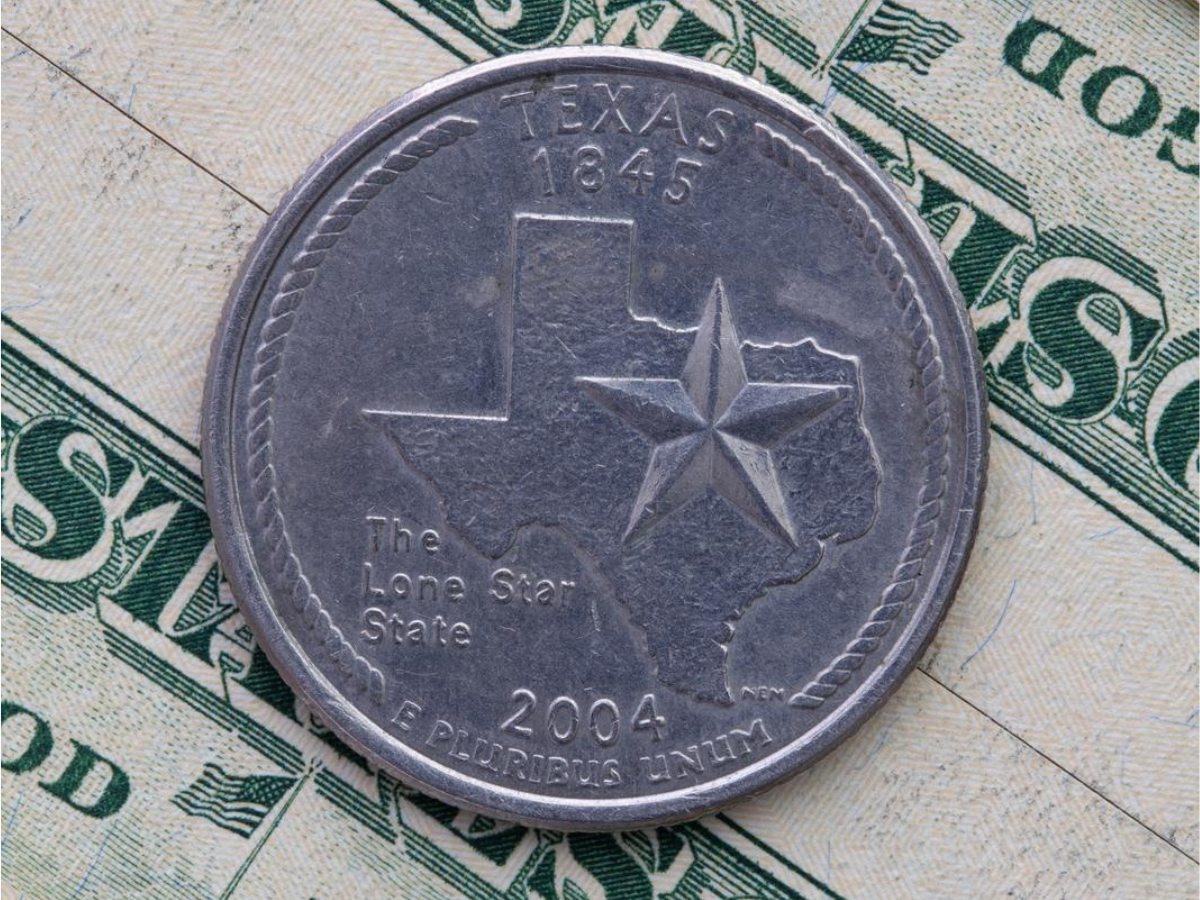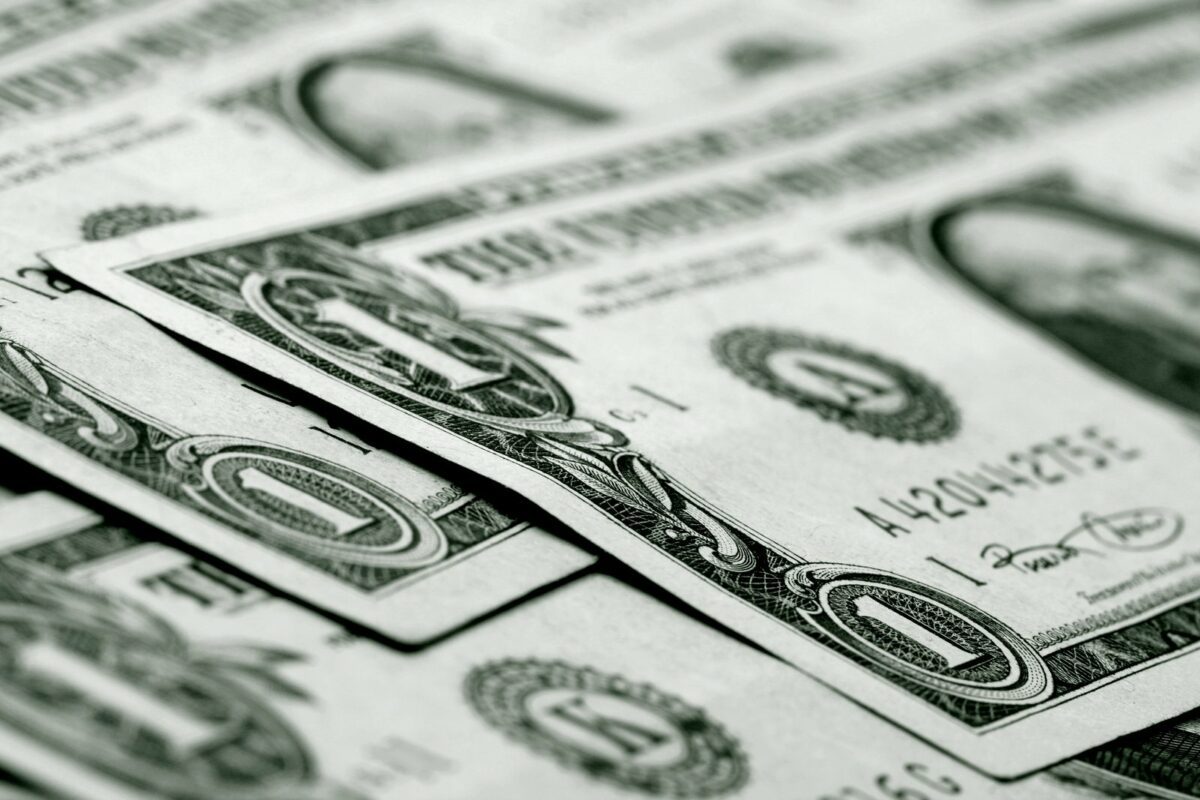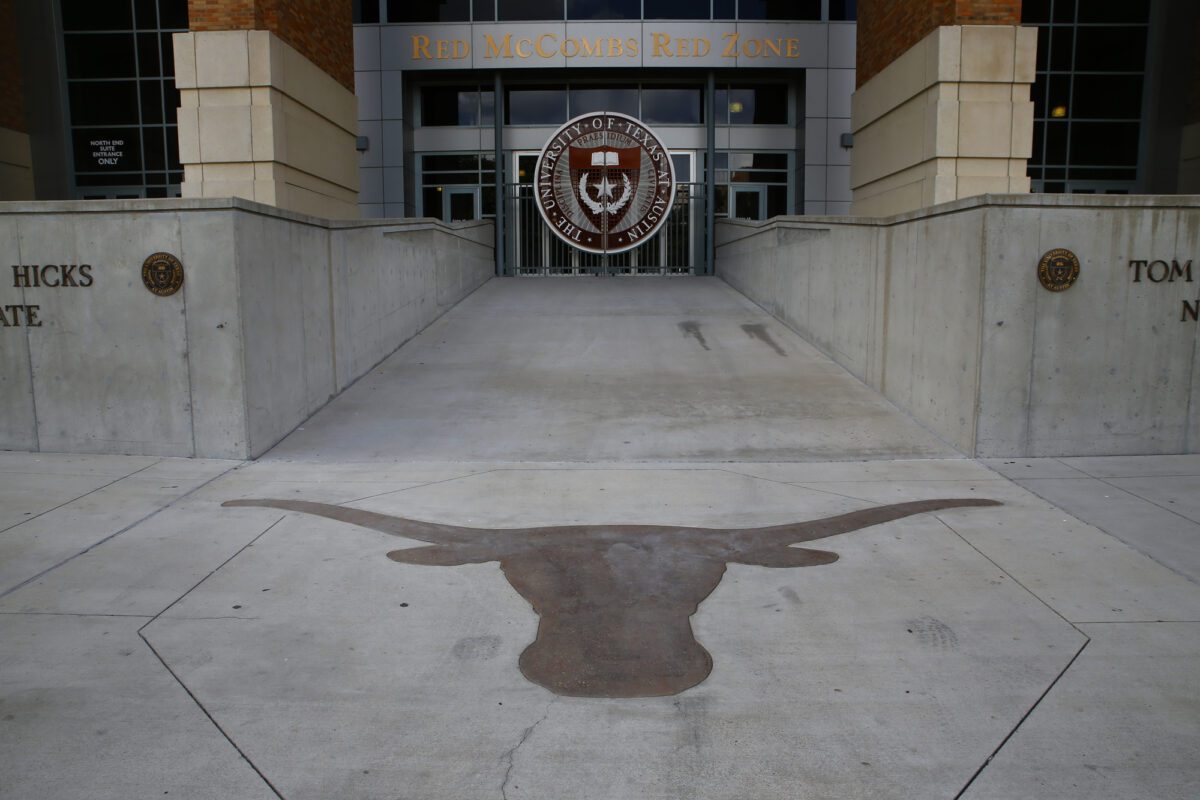Share the post "Mystery of the Texas Dollar (A Fascinating Look into Texan Currency)"
As you may know, Texas has a long and storied history and was an important location for many battles. Texas has been ruled under several flags, with many nations fighting for its territory for centuries. However, it didn’t gain its true independence until 1836.
Shortly after this, the Republic of Texas was formed. Texas became its sovereign republic and eventually established its currency, often referred to as the Texas Republic dollar or, more simply, the Texas dollar. However, other forms of currency were also valid in the Republic for some time.

The Texas Dollar And The Revolution
Texas was first visited by Europeans in 1528. For the next 300 years, it was a sought-after piece of land that was involved in several battles and fell under the authority of many nations. That was until 1836, when Texas gained its independence from Mexico.
On March 1st of that same year, the Convention of 1836 came to order, and a day later, the Republic of Texas was established. By September 1836, an official Congress of the Republic was elected, consisting of 14 senators and 29 representatives. The Congress put together the Republic’s first constitution.
Around this time, several currencies were used throughout the state. Since Mexicans, Europeans, and natives still occupied Texas, you traded and used gold and silver coins and banknotes from Spain, Mexico, and other U.S. states. Naturally, the government wanted to create some order regarding currency.
The Panic Of 1837
In 1837, a financial crisis hit the United States and was the starting point of a major depression that didn’t cease until well into the 1840s. Several factors, including a collapsing property market, the British economy, and the lack of a central bank in the U.S. caused investors to panic.
These fears led to a bank run, which means that customers withdraw their deposits simultaneously because they’re worried about the institution’s solvency. In May of 1837, the bank run resulted in several banks in New York running out of their stocks of silver and gold.
From there, there was an enormous economic collapse throughout the country. Close to 50% of the banks failed, many businesses were forced to close, wages were slashed, prices declined, and in virtually every state, there was widespread unemployment. The worst years of the depression were between 1837 and 1844.
However, during this time, certain activities were in place that would go on to help the economy recover. Railroads were beginning to expand, many of which went through Texas, making it an even stronger region economically. Coal was also starting to replace wood as the primary heat source.
The emergence of coal had a massively positive impact on innovation and production, another economic stimulant. Shortly thereafter, the first gold was discovered in California. By 1848, much of the country had begun to rebound, and most states were generally in better situations.

Texas Promissory Notes
Although Texas was not part of the United States when The Panic started, it had extremely close ties to the country. It relied heavily on the U.S. for trade and currency. So, the Republic of Texas responded to the economic crisis by issuing promissory notes.
In the absence of an official currency, the notes were issued to sustain Texas’s small economy and help people and businesses to pay their expenses. A promissory note was essentially a signed agreement that stated someone’s intent to repay a specific amount of money that they borrowed.
The notes contained important financial details, such as the amount of money loaned, when it has to be paid back, the interest rate, and the signature of the person to whom was issued. These promissory notes were given throughout the Republic and proved very important in 1837.
They were colloquially known as star money because they featured a large five-pointed star on the front of the note. All-star money notes had to be passed by endorsement. So, for the most part, they were used and held as investments. Promissory notes weren’t commonly used as public currency.
In 1838, the Republic of Texas’s Congress issued more promissory notes. However, these were different from the originals and didn’t bear any interest. As a result, they depreciated very quickly and weren’t used very often. So, the Republic had to come up with an alternative solution.
Texas Redbacks
Between 1839 and 1840, the Texas Republic government issued Texas Redbacks. These were bearer promissory notes introduced to help fund the national debt the Republic had been enduring against the United States. These notes differed from the originals and were much easier and more convenient.
Essentially, Texas Redbacks were the original Texas dollar. The key difference between bearer promissory notes and standard promissory notes is that with bearer notes, whoever has the note is entitled to receive the payment that’s due on it. The note drawer must pay the person designated to receive the payment.
Texas Redbacks were printed on several bills, each with a different value. There were $5, $10, $20, $50, $100, and $500 bills. The government also issued change notes that had a blank back. They could be valued at $1, $2, and $3. All of the bills originated in Austin, the state capital.
The notes were printed using poor-quality ink, so many changed color and took on an orange hue. According to some, the burnt orange color of the Texas Redback notes is why The University of Texas at Austin embraced this color for its logo and color scheme.

The Republic of Texas experienced significant inflation while the Redbacks were in use. This was mainly because the notes were overprinted and subsequently devalued. The Republic of Texas dollar bill value was weaker than the U.S. dollar. 15 Redbacks were the equivalent of a single U.S. dollar.
The Texas dollar was never widely backed, so the currency didn’t stabilize. Its value fluctuated significantly and was traded at various rates in different places.
Because of its failing currency, the Republic of Texas accumulated a debt of approximately $10 million (USD). The government canceled the majority of Redback notes in 1842. The currency issues and debt were two main reasons Texas was annexed into the United States.
When Texas eventually joined the U.S. in 1846, it was integrated into the national monetary system. The Texas dollar quickly became obsolete. At this point, Texas adopted the U.S. dollar as its official currency, which remains the official currency.
Texas Redbacks are very popular among collectors, and some are extremely valuable, often selling for thousands of dollars. The notes that weren’t canceled or redeemed by the government are the most useful. The $5 bill featuring Deaf Smith and the $50 bill featuring Stephen F. Austin are among the most popular notes with collectors.
Interestingly, the Republic of Texas never minted coins as part of its currency. However, U.S. coins were widely accepted throughout the Republic.
Texas Exchequer Bills
Around the same time that the Texas Redback failed, the United States government put forth its first proposal for a regulated paper-based monetary system. It was called the Exchequer Plan. Sam Houston, the president of Texas at the time, was heavily involved in forming a note system.
Before Texas was annexed, Houston was almost successful in implementing a new exchequer bill system to restore solid economic conditions between the Republic and the rest of the United States. However, he didn’t have much success because of the financial difficulties the country was facing at the time.
Although Houston’s exchequer bills were used for a couple of years, Texas adopted the U.S. dollar soon after the bills were introduced.
Repaying Of Debts
As mentioned, one of the main reasons Texas was annexed to the United States was its debt accumulation of $10 million. It took just three years of being part of the U.S. to come up with a fair solution for Texas to repay all the money it owed the rest of the country.
In 1850, the U.S. government paid Texas $10 million for any land that Texas had claimed outside of the state’s boundaries. Texas then agreed to pay off its debts to the government using this money.
Is The Texas Dollar Still Legal Tender?
Ultimately, the Texas dollar, Redback, or exchequer bill (whatever you want to refer to it as) was a failed currency. It couldn’t hold value, and each variation failed quickly. The currency could have caused the state to fail as a whole.
The Republic would have faced enormous economic issues if Texas hadn’t been annexed to the United States. Essentially, the Texas dollar lost all its value, so it’s not regarded as legal tender today. Instead, it’s seen as a collector’s item, and the notes have value as historical items, not as currency.
References
- Texas Redback history: tsl.texas.gov
- Texas dollar collections: theantiquarium.com
- Panic of 1837: library.hbs.edu
Share the post "Mystery of the Texas Dollar (A Fascinating Look into Texan Currency)"
Christian Linden is a seasoned writer and contributor at Texas View, specializing in topics that resonate with the Texan community. With over a decade of experience in journalism, Christian brings a wealth of knowledge in local politics, culture, and lifestyle. He holds a Bachelor's degree in Communications from the University of Texas. When he's not writing, Christian enjoys spending weekends traveling across Texas with his family, exploring everything from bustling cities to serene landscapes.











